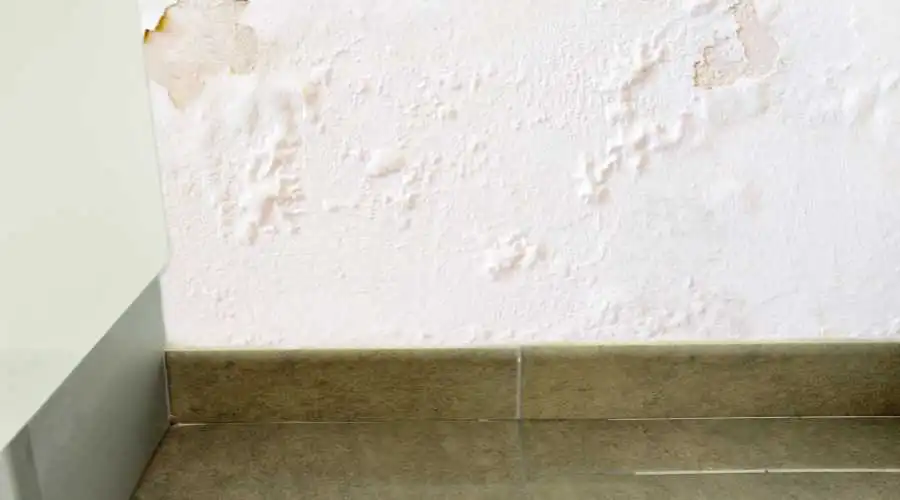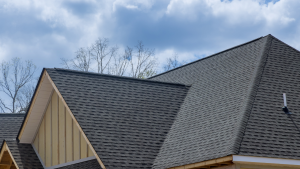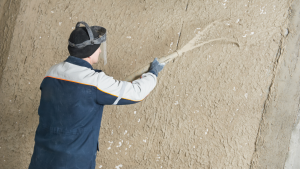Water Infiltration is one of the main causes of damage for your stucco exterior. Stucco siding, while renowned for its style and durability, can encounter water penetration issues if not properly installed or maintained.
In this article, we will delve into the intricate world of water infiltration in stucco walls. Join us as we uncover the causes, implications, and preventive measures to effectively address stucco water infiltration.
Exploring Water Infiltration in Stucco Walls
Water intrusion in stucco walls can pose a significant challenge. While stucco is a popular choice for home siding due to its aesthetics and durability, it’s not immune to water-related issues. Stucco water infiltration can give rise to mold growth and other water-related damages, underscoring the importance of addressing it promptly. Understanding the mechanics of stucco water infiltration is the first step in mitigating its impact and safeguarding your home.
Unraveling How Water Infiltrates Stucco
Stucco, designed to provide a seamless and robust siding solution, is intended to resist water infiltration. However, several factors can contribute to water penetrating stucco walls
1. Direct Infiltration
While properly sealed stucco is meant to be waterproof, certain conditions can challenge its resilience. These conditions can lead to water directly penetrating the stucco surface, thereby initiating a cycle of stucco water infiltration. Once water breaches the surface, a process called wicking can drive the moisture deeper into the stucco layers.
Factors like consistent moisture exposure can facilitate water penetration. In an ideal scenario, stucco should withstand environmental elements without succumbing to water retention. Nevertheless, external sources of continuous moisture, such as sprinklers inadvertently wetting the walls, can contribute to stucco water infiltration.
2. Cracks and Their Role
Stucco can effectively fend off water when its surface remains intact. However, the development of cracks can compromise this barrier. Cracks allow water to seep inside, causing swelling and shifts that exacerbate the cracks and further facilitate water penetration.
Cracks can emerge due to various reasons, including structural shifting over time. While small exterior cracks may not necessarily indicate a structural concern, they can provide an entry point for water, leading to mold growth and other potential issues.
3. Flawed Flashing Installation
Stucco offers robust protection, but it doesn’t envelop the entire house. Areas where stucco interfaces with windows, roof underhangs, and other fixtures necessitate proper installation of flashing and moisture barriers to prevent moisture infiltration.
Improper installation of flashing can contribute to stucco water intrusion in these vulnerable zones. It’s important to note that even a minor water entry can escalate into substantial damage over time.
Contributing Factors to Water Intrusion
Numerous factors can contribute to water infiltration, warranting vigilance in their assessment:
1. Soil and Plant Proximity
Placing plants close to exterior walls can lead to significant issues. Soil inherently holds moisture, and when in direct contact with stucco siding, it can transfer moisture over time. Planters, flowerbeds, or garden boxes adjacent to the home’s side can create a moist environment that undermines siding longevity.
2. Exterior Light Fixtures
Exterior light fixtures, a common installation, can inadvertently introduce water into stucco walls. The openings created for light fixture boxes might lack proper moisture barriers, facilitating rainwater infiltration.
While light fixtures are a common concern, other outdoor installations can have a similar effect. Outdoor taps, deck installations, and patios connected to the house can also contribute to water penetration if not adequately sealed.
3. The Impact of Plant Growth
Ivy and other plant growth may enhance aesthetics, but they can also inflict damage. Ivy, with rootlets that cling to surfaces, can breach stucco, enabling moisture infiltration. Moss, too, can also exacerbate water penetration and could further inflict damage in your stucco home.
Taking Effective Action Against Stucco Water Intrusion
Should you suspect stucco water intrusion in your home, Jersey Shore Stucco Repair is at your service. Our experts can assess your situation, providing solutions such as stucco removal and replacement, preventive treatments, and siding alternatives.
The significance of addressing stucco water infiltration cannot be overstated. Swift action not only safeguards your investment but also ensures the longevity and appeal of your home’s exterior. Contact us to explore your options and take a proactive stance against stucco water intrusion. Remember, protecting your stucco is also safeguarding your property’s integrity for years to come.




